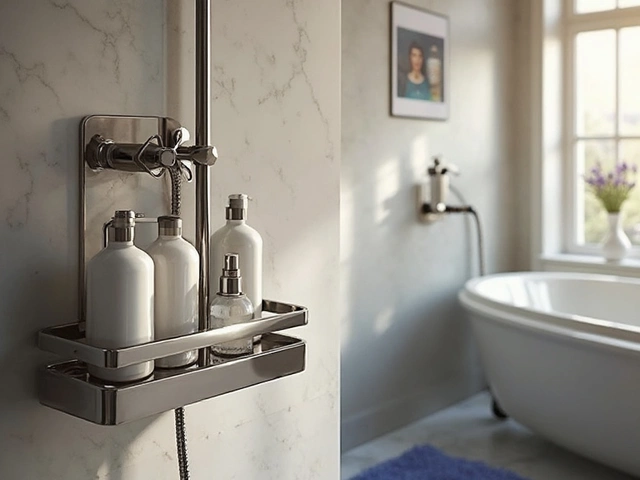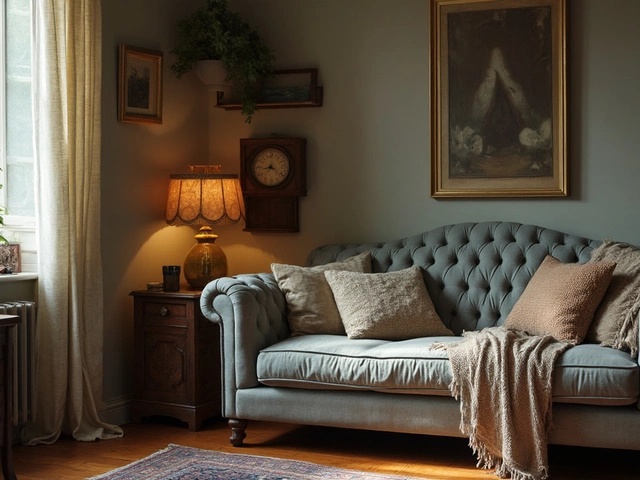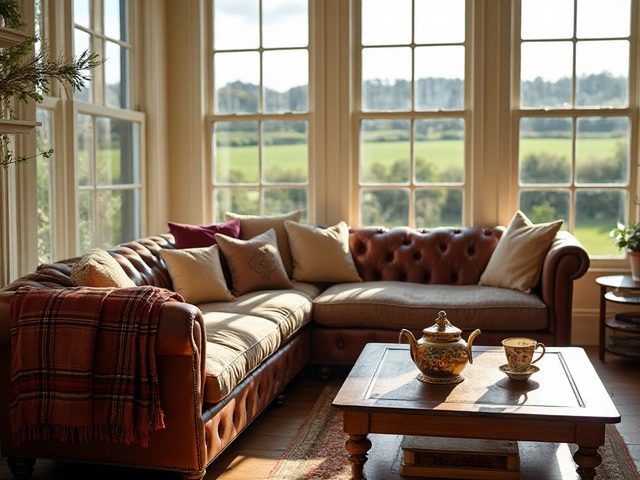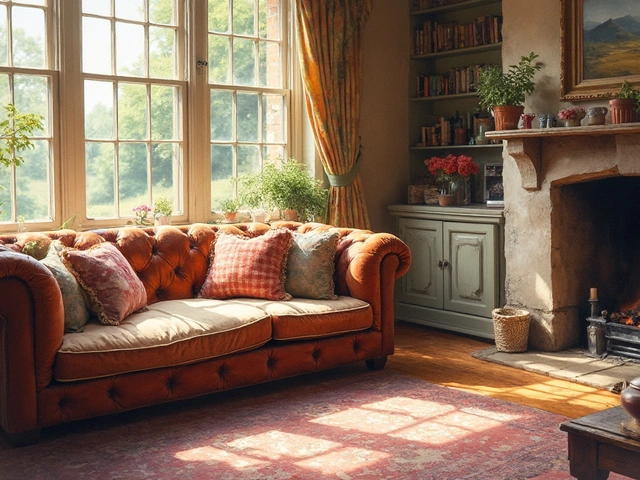Long Lasting Flooring: Choose, Care, and Keep It Looking Fresh
When your floor can survive kids, pets, and daily traffic, you’ve hit the jackpot. Below you’ll find the most reliable flooring types, simple upkeep steps, and quick buying pointers that keep your home looking sharp.
What Makes Flooring Last?
Durability starts with material density. Hard woods like oak and maple have tight grain patterns that resist dents. Luxury vinyl plank (LVP) uses multiple wear layers to shield against scratches. Ceramic tile’s glaze creates a hard, water‑proof surface that rarely fades.
Installation matters too. A floating laminate floor can shift if the subfloor isn’t level, while a properly glued tile prevents cracks. Sealants and finishes add a protective barrier; a good seal on hardwood stops moisture from seeping in and causing warping.
Maintenance habits close the loop. Sweep or vacuum daily to avoid grit scratching the surface. Mop with a pH‑balanced cleaner for vinyl or tile, and use a damp cloth for wood—never soak it.
Choosing the Right Long‑Lasting Floor
First, match the room’s traffic level. High‑traffic zones like kitchens and hallways deserve tile or LVP. Bedrooms and low‑use spaces can handle hardwood, which adds warmth without a heavy wear layer.
Second, think about moisture. Bathrooms and basements need water‑resistant options; LVP and porcelain tile shine here. If you love the look of wood but worry about water, a waterproof engineered hardwood offers the best of both worlds.
Third, budget. Vinyl and laminate give a wide design range for a lower price, while solid hardwood costs more up front but can be sanded and refinished, extending its life for decades.
Finally, style. Choose a finish that hides wear. Matte or satin finishes mask dents better than high‑gloss, which shows scratches instantly.Once you pick a material, order slightly more than the room’s square footage. A 5‑10% overage covers cuts, mistakes, and future repairs, saving you a costly second trip to the store.
Ready to install? DIY can work for click‑lock vinyl or laminate if you have basic tools and patience. For tile or glued hardwood, hiring a professional ensures a level surface and proper grout sealing, which translates to fewer problems later.
After the floor is in place, protect high‑traffic paths with rugs or runners. They absorb impact and prolong the floor’s look without sacrificing style.
Schedule a deep clean once a year. For hardwood, use a wood‑specific cleaner and a light buff. For tile, re‑apply grout sealant to keep water out.
Remember, a floor isn’t just a surface; it’s a backdrop for daily life. Picking a durable option, installing it right, and caring for it consistently means you’ll enjoy the same beautiful look for years, without costly replacements.






